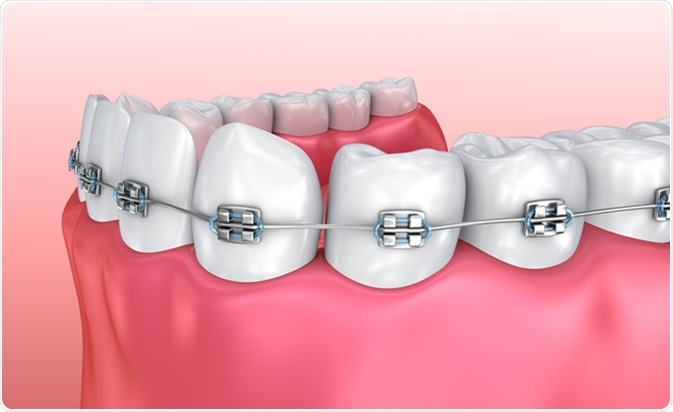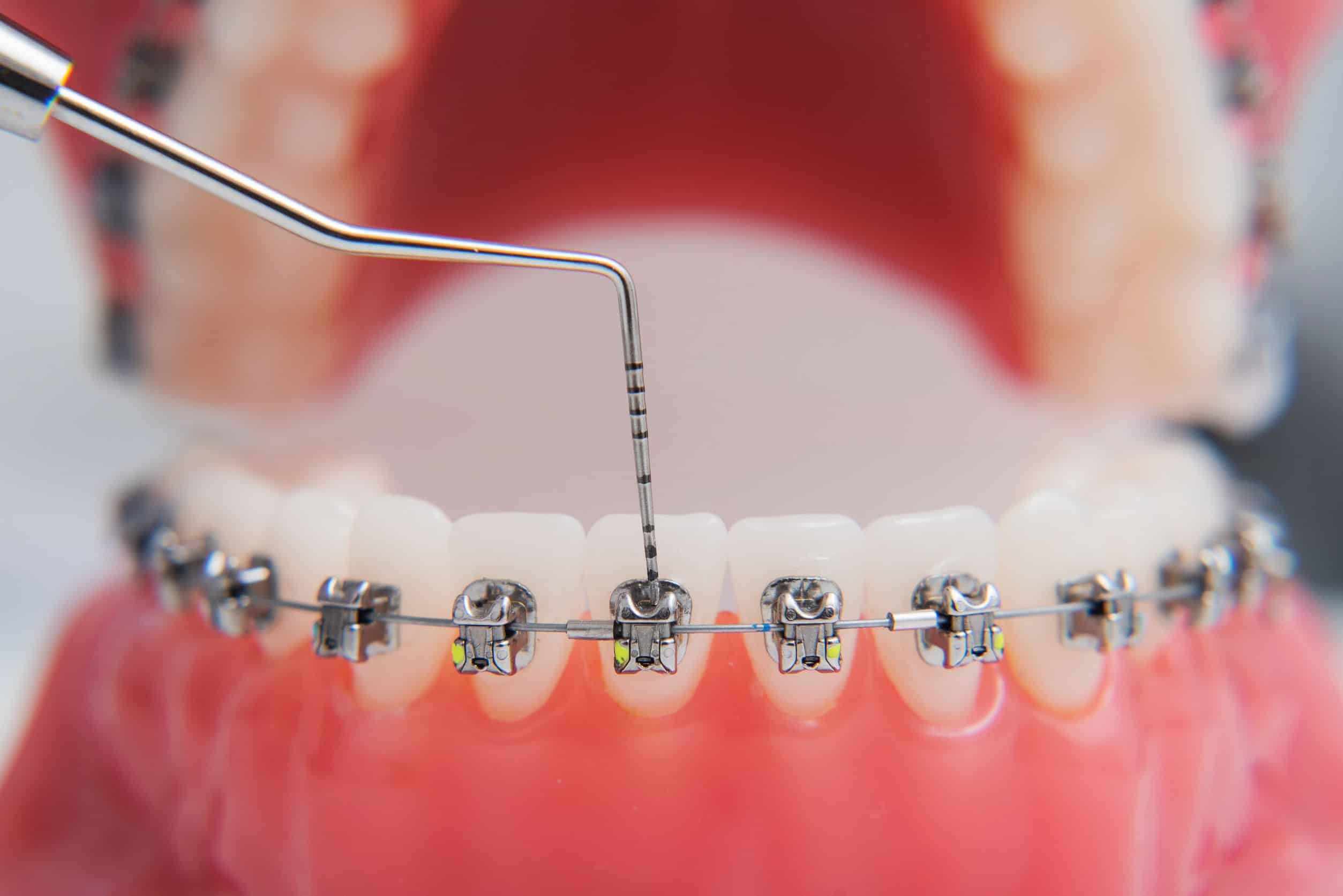Comprehensive Guide to Orthodontics Treatments for Remedying Oral Misalignments
Recognizing the intricacies of each treatment, including their devices, advantages, and potential disadvantages, is critical in making notified decisions about one's orthodontic treatment. As we browse with the thorough guide to orthodontic procedures for correcting dental imbalances, the complex details of each method will unravel, shedding light on the course toward a useful and unified oral positioning.
Orthodontic Procedures Summary

Regular adjustments and tracking are vital parts of orthodontic treatment to guarantee progression is on track and to make any type of necessary modifications along the means. By going through orthodontic procedures, people can not just accomplish a straighter smile yet likewise boost their general dental health and wellness and function.
Typical Dental Braces: Just How They Work
When thinking about orthodontic treatments for dental misalignments, conventional dental braces stand out as a reliable technique for fixing teeth positioning. Conventional braces include brackets, cords, and bands that function together to use continual stress on the teeth, progressively relocating them into the desired alignment. The brackets are connected to the teeth utilizing an unique adhesive, and the cords are threaded through the brackets. By changing the stress of the wires, orthodontists can control the instructions and pressure applied to each tooth, assisting them into appropriate positioning in time.
One trick aspect of just how conventional braces job is the procedure of bone remodeling. As pressure is related to the teeth through the braces, the bone bordering the teeth is improved to sustain the new tooth placements. This renovation is necessary for the long-term security of the remedied alignment. Individuals will certainly require regular changes at the orthodontist's office to make certain the dental braces remain to use the proper stress for efficient teeth activity.
Unnoticeable Aligners: Advantages And Disadvantages
Invisible aligners provide a practical and very discreet alternative to standard braces for correcting dental misalignments. These clear, custom-made trays are essentially invisible when put on, making them an appealing choice for individuals looking for an extra cosmetically pleasing orthodontic therapy. Among the primary benefits of unnoticeable aligners is their removability, permitting easier maintenance of oral health compared to typical dental braces. Individuals can remove the aligners prior to eating or brushing their teeth, minimizing the danger of food obtaining embeded the home appliance and simplifying the cleaning procedure.

Surgical Orthodontic Options
Surgical interventions in orthodontics present practical options for attending to intricate oral misalignments that might not be successfully solved through conventional orthodontic therapies. While traditional braces and undetectable aligners can deal with lots of orthodontic issues, specific cases require surgical treatment to attain ideal results. Surgical orthodontic alternatives are commonly recommended for severe malocclusions, substantial jaw discrepancies, and cases where the underlying bone framework requires modification to attain proper placement.
One typical medical orthodontic procedure is orthognathic surgery, which entails repositioning the jaws to remedy practical concerns such as trouble chewing or talking. This surgery is commonly carried out in partnership with an orthodontist that aids straighten the teeth prior to and after the procedure. Surgical orthodontics may also entail treatments to reveal impacted teeth, remove excess gum tissue, or reshape the jawbone to produce a much more harmonious face profile.
Before taking into consideration medical orthodontic options, clients undergo a detailed examination to identify the need and potential advantages of such interventions. cumming invisalign. While surgery may appear daunting, it can dramatically here are the findings improve both the function and aesthetics of the smile in instances where standard orthodontic treatments fail
Retainers and Post-Treatment Treatment

Failing to comply with post-treatment care instructions can result in relapse, where the teeth slowly move back in the direction of their original placements. Consistent retainer wear, great dental hygiene, and normal oral check-ups are essential for keeping the results accomplished via orthodontic surgical procedure and making sure the long-term stability of the fixed oral alignment.
Verdict
In verdict, orthodontic treatments supply different choices for remedying oral imbalances. Surgical orthodontic options are available for a lot more severe imbalances. In general, orthodontic treatments can successfully improve dental health and wellness and aesthetic look.
As we navigate via the comprehensive guide to orthodontic procedures for dealing with dental misalignments, the elaborate information of each approach will unravel, dropping light on the course toward a harmonious and functional dental placement. - orthodontist
One of the most usual orthodontic therapies is the use of braces, which consist of metal brackets and wires that use mild stress to slowly move teeth into the wanted position.When considering orthodontic therapies for dental imbalances, standard braces stand out as a time-tested approach for fixing teeth placing. In addition, unnoticeable aligners may not be suitable for complex orthodontic issues that require more significant teeth motion, as they are typically suggested for mild to moderate cases. Retainers are personalized orthodontic tools created to hold teeth in their fixed settings after the conclusion of orthodontic therapy.